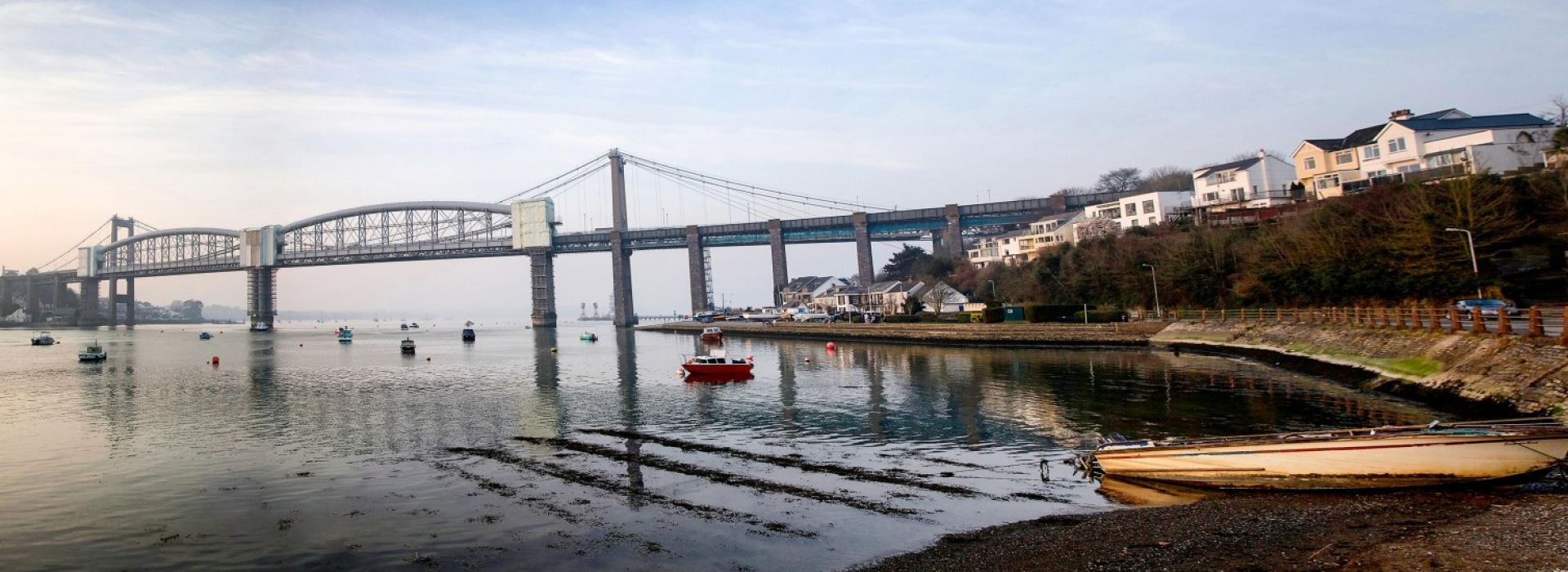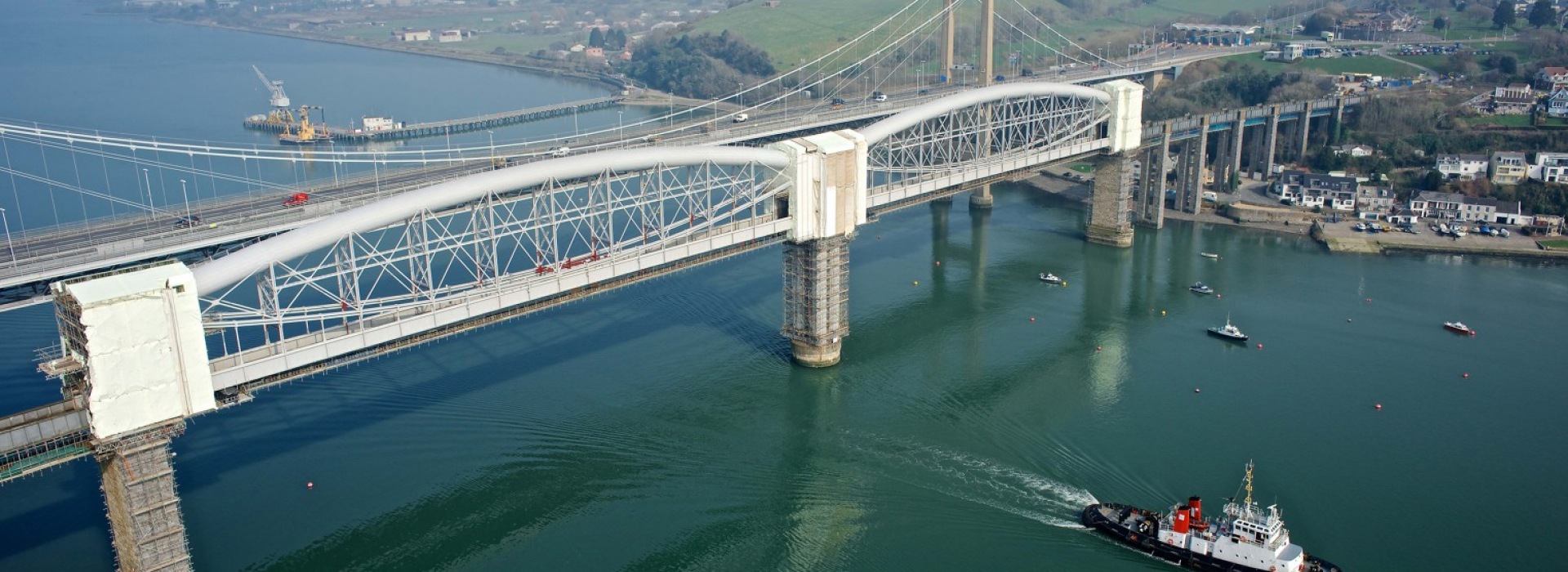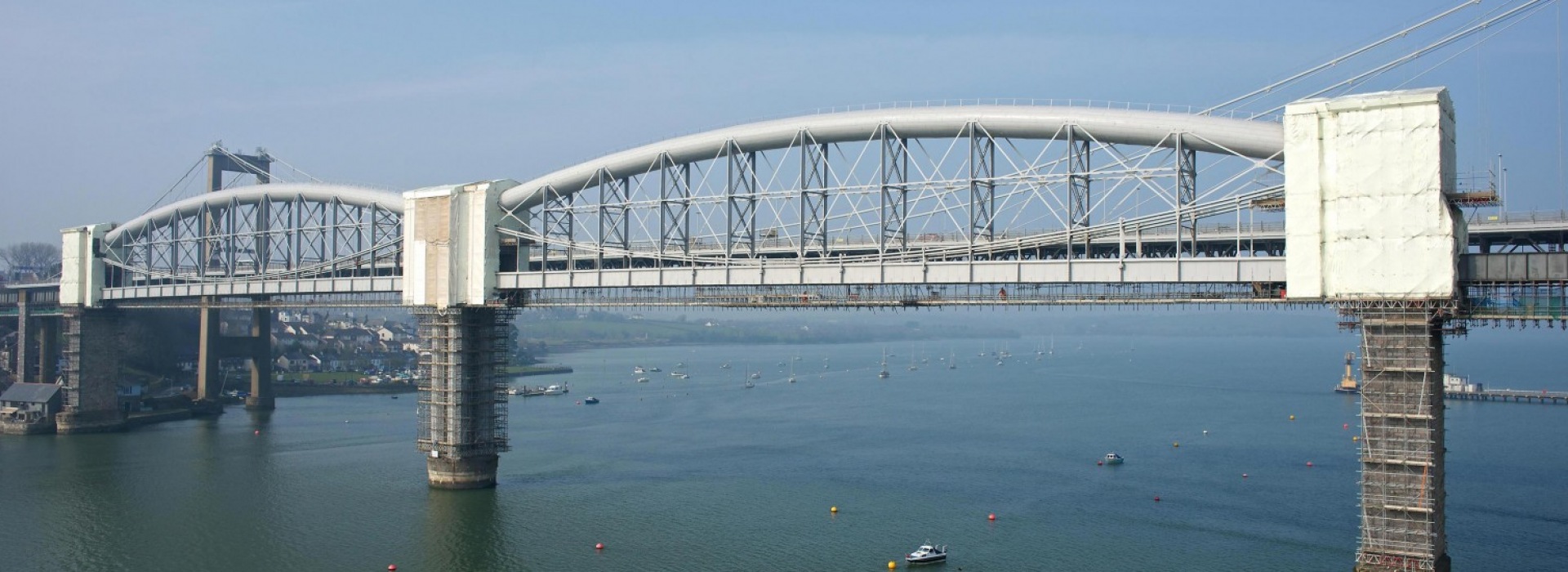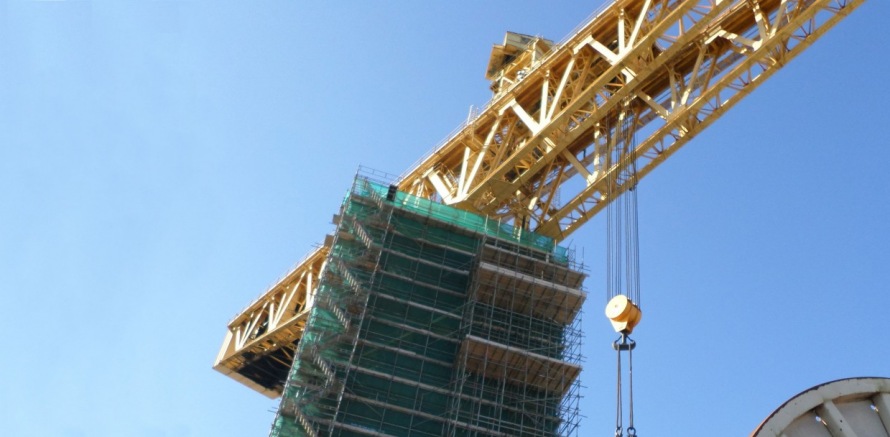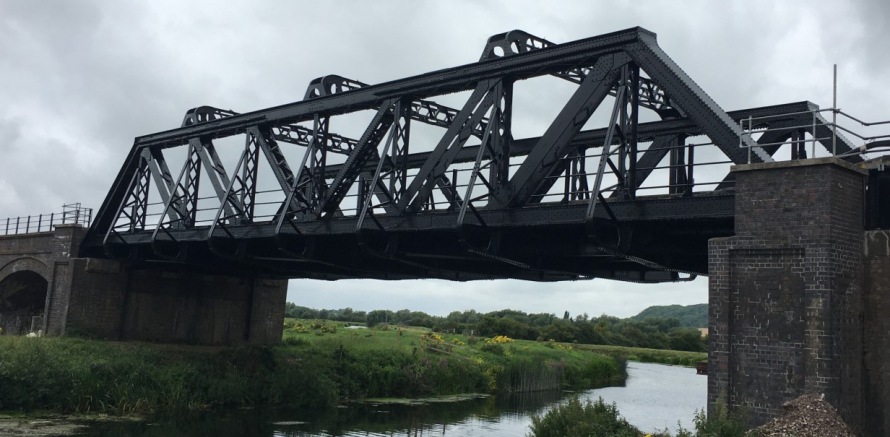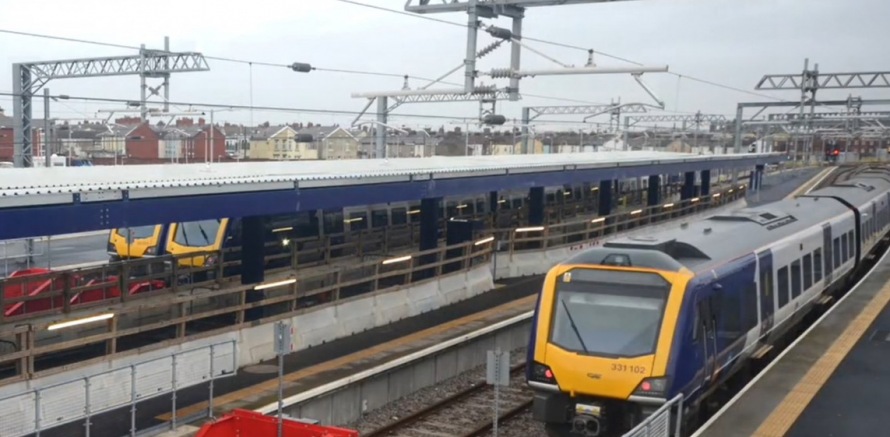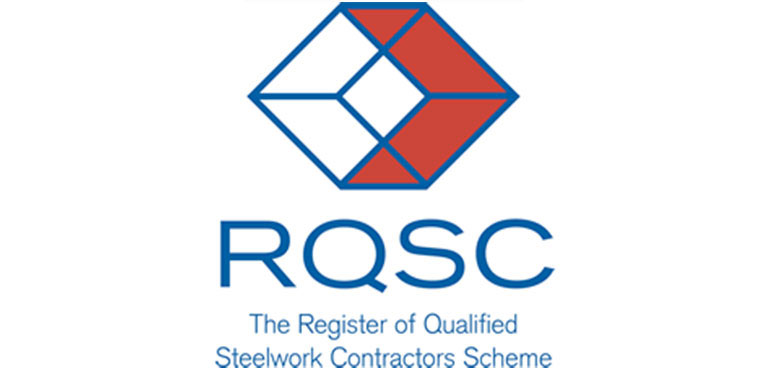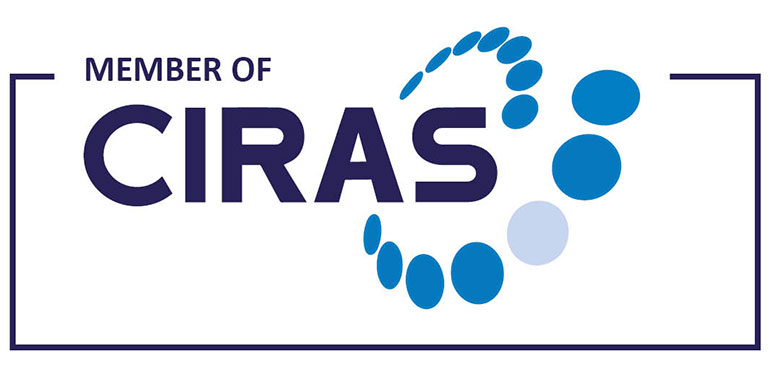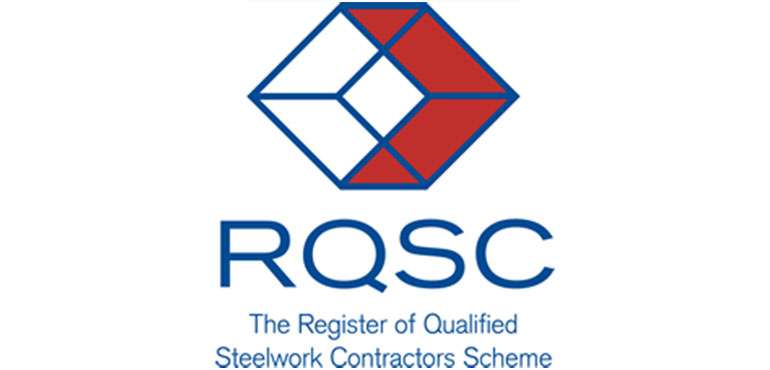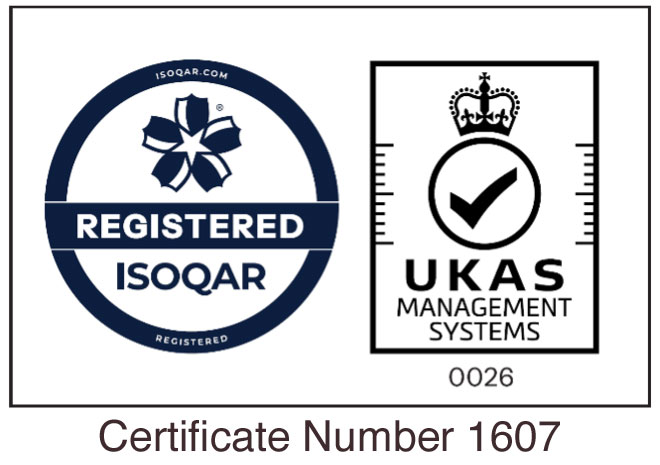Royal Albert Bridge
The Royal Albert Bridge is grade 1 listed, deemed to be of exceptional architectural and historic importance. The structure is over 150 years old and based in a very harsh, exposed environment. The bridge also provides the only mainline rail link into Cornwall, and thus had to remain running whilst the vast majority of the works were carried out. All these factors meant it was of paramount importance that Taziker's whole approach to this bridge strengthening project was tailored with the utmost precision in order to deliver the project safely, effectively and on time.
Added Value
Certain elements of the works required tensioning before final assembly bolts could be fitted, to ensure the structure in its entirety, benefitted from equilateral forces at each hanger and bracing location. A precise measuring system was developed to confirm the applied loading and the length of extension in each specific location. The main hanger brackets connected to the elliptical top tube required major strengthening, in every location.
The project requires compressed air along the extent of the main spans. In order to negate the need for compressors in sensitive areas we adopted the air ranges system that would allow the compressors to be located in suitable areas away from residential properties and water side locations. This air range supplies each phase of the works with its own compressed air supply, reducing the need for excessive lengths of supply hose, which would be susceptible to damage. It also enables sections of the structure to be isolated from any compressed air supply for maintenance of re-establishment of manifolds. The range is fed from both ends of the structure to ensure sufficient volume of air is supplied; the range itself acts as a natural receiver which also compliments the pressure and volume supply. The system has been in service for 18months at present with little or no maintenance required.
Traditional extraction units would be impossible to either transport or locate of the access Scaffold out over the water. To solve this problem a full redesign was generated which incorporated a sectional unit that could easily be transported and assembled in the required location. This system has 2no Extraction ducts to ensure the internal area of the encapsulation receives extraction to both high and low levels. Average extracted air speeds in each extraction duct are in the region of 70mph which gives excellent air changes within the encapsulated areas. All sections are easily assembled without the use of lifting equipment, which assists relocation and transportation whilst out on the access scaffold system.
In order to reduce the amount of manual handling during grit transportation to the blast pots, bespoke chutes have been manufactured to receive grit directly from trackside lavations during possession of the lines. This enables grit to be transported via rail trolleys during night time possessions to the chute top location where it is placed onto the chute which carries the bags to the loading bay located on the access system below. This reduces both the manual handling and transportation times by at least 50%.
Learning and Innovation
The hanger pin needed removal to fit new strengthening end plates to the diagonal bracings. This initially proved to be very difficult as the pins had been in situ for 150 years or more. Our engineers developed a hollow jack system with a threaded connector pin that aided removal considerably, speeding up this element of works ahead of the baseline programme. With the repairs completed, the whole phase will be sprayed with a base coat of epoxy glass-flake paint to give long life protection, and then a top coat of acrylic paint to restore the iconic Goose Grey colour. This is designed to have a service life of 25 years. It became apparent that, due to the combination of the large number of scaffolding repairs and limited number of loading points, the whole of the underside access walkway would need to be suspended from the trackside access walkway. As the project has progressed this design change proved invaluable as the centre to centre of the required drop tubes need to vary within each bay due to the structures configuration.
Feb 2011 - Jun 2015
The scope of the works included:
- Lightweight system scaffold installed to facilitate hanger pin repairs followed by an 18 phase scaffold moving across the structure enabling the structural refurbishment of each area
- Encapsulation of each phase using a retractable and reusable sheeting system which can be lowered during periods of high winds to reduce imposed loadings.
- Grit blasting of the whole structure to an SA2.5 standard followed by over 4,500 condition led repairs to strengthen corroded areas of the structure. These were held down by over 53,000 new bolts replacing the old riveted connections.
- 40,000 litres of a Glass Flake and Epoxy paint system utilised to protect the steel from the surrounding corrosive marine environment.
- Over 280 tonnes of new steel installed to protect the structure whilst increasing capacity; that’s more than the mammoth Airbus A380!
